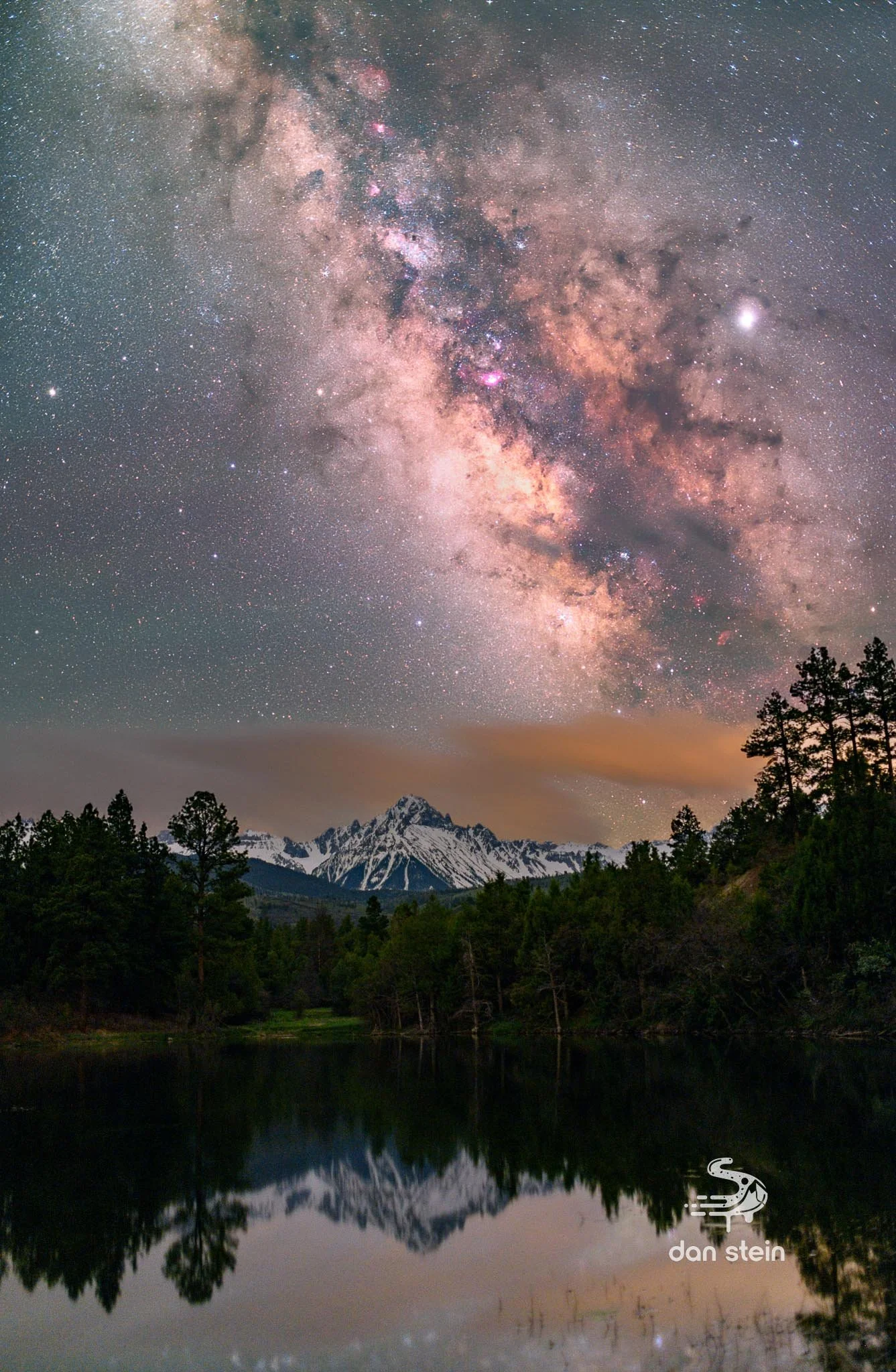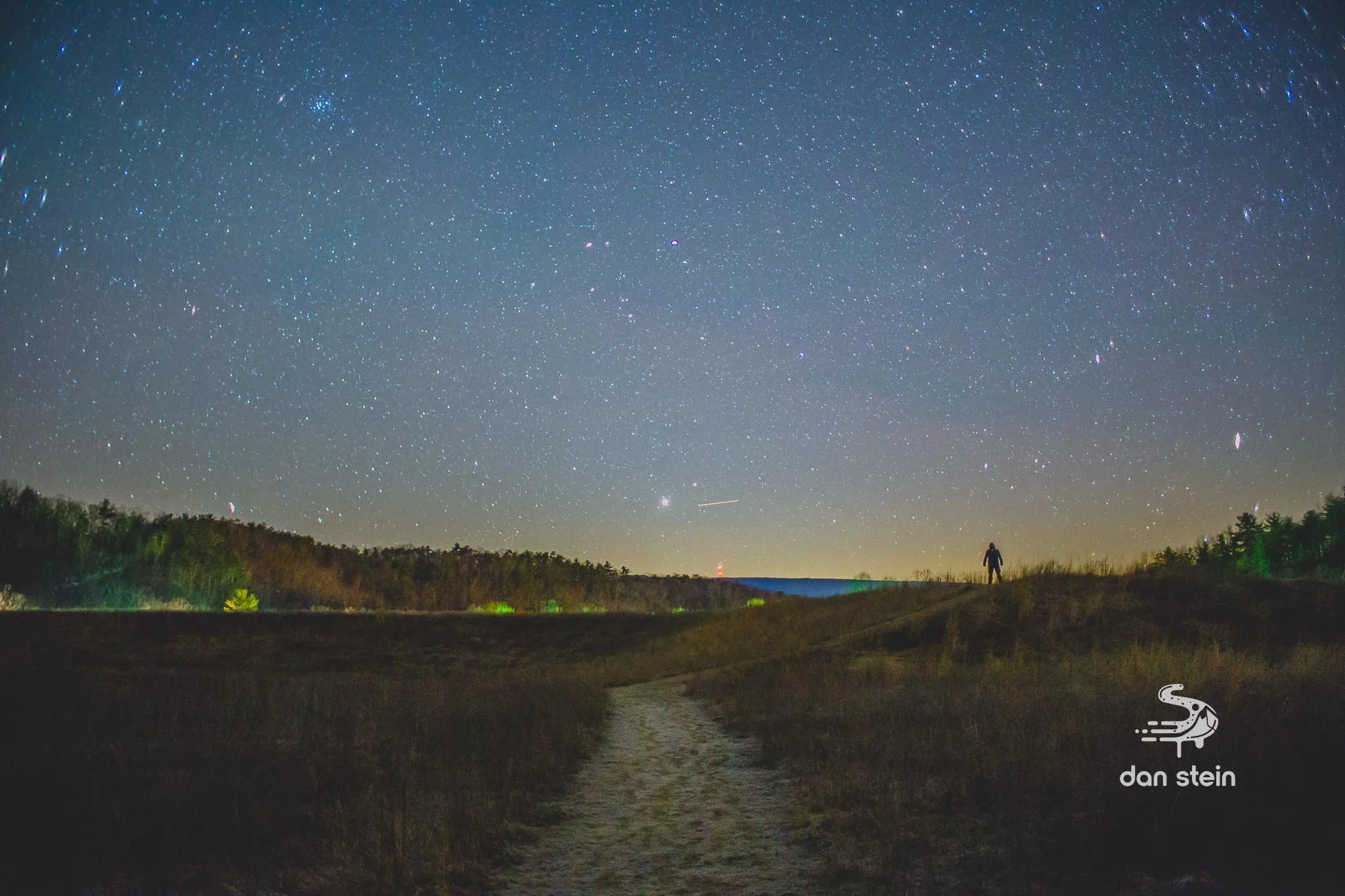Nightscapes
“Poets say science takes away from the beauty of the stars - mere globs of gas atoms. I too can see the stars on a desert night, and feel them. But do I see less or more?" -- Richard P. Feynman
There is nothing more breathtaking than staring up into the night sky and being consumed by endless stars, planets and galaxies. Photography has long been my passion, so I sought out a means to combine the two. I ended up with a specific field of photography known as Astrophotography, or photography of the night time sky.
The stars have been the source of inspiration and knowledge since the beginning of time. How such a breathtaking sight has been wiped away within the past few generations is simply staggering—but now it is time to take it back.
Society and technology have a habit of co-developing. It’s a common practice for technological advances to be implemented in our neighborhoods to make us safer. Perhaps most notably, artificial light is used to illuminate our paths, streets, buildings and more during the night time.
More commonly known as light pollution, this abuse of light at night has forced our eyes to look down toward the ground, rather than up at the sky. Why illuminate the ground so we can see where we have come from? Why not look up and see where we can go?
My photography is a connection between art and science, but it is also a means of rationalism and understanding. My images withhold the ability to provoke the same questions philosophers had many years ago—such as are there physical parameters of the universe, where did we come from, and is our universe eternal? Those questions are still unanswered, and will continue to be until we explore our deep space origins further.
The images you see were captured in some of the rarest locations on Earth—dark, non-light polluted skies. These photographs are proof that there is still hope for us to make conclusions about our universe.
These inspiring views should be available to everyone, not just myself. I intend to demonstrate what a night sky looks like with little light pollution. My photographs can be used as a window to a view we’re currently missing.
If nothing is done to prevent the rapid expansion of light at night, it won’t be long before there will be no picture left to tell even the faintest of star stories. Is that what society wants—to be swept away in a cloud full of light with no communication to the celestial realm? My photography can provide a link to the future, but only if the rest of the world is willing to cooperate. Let it be an example then, of what we can achieve by exploring what may become impossible—unless we overcome it.






















































